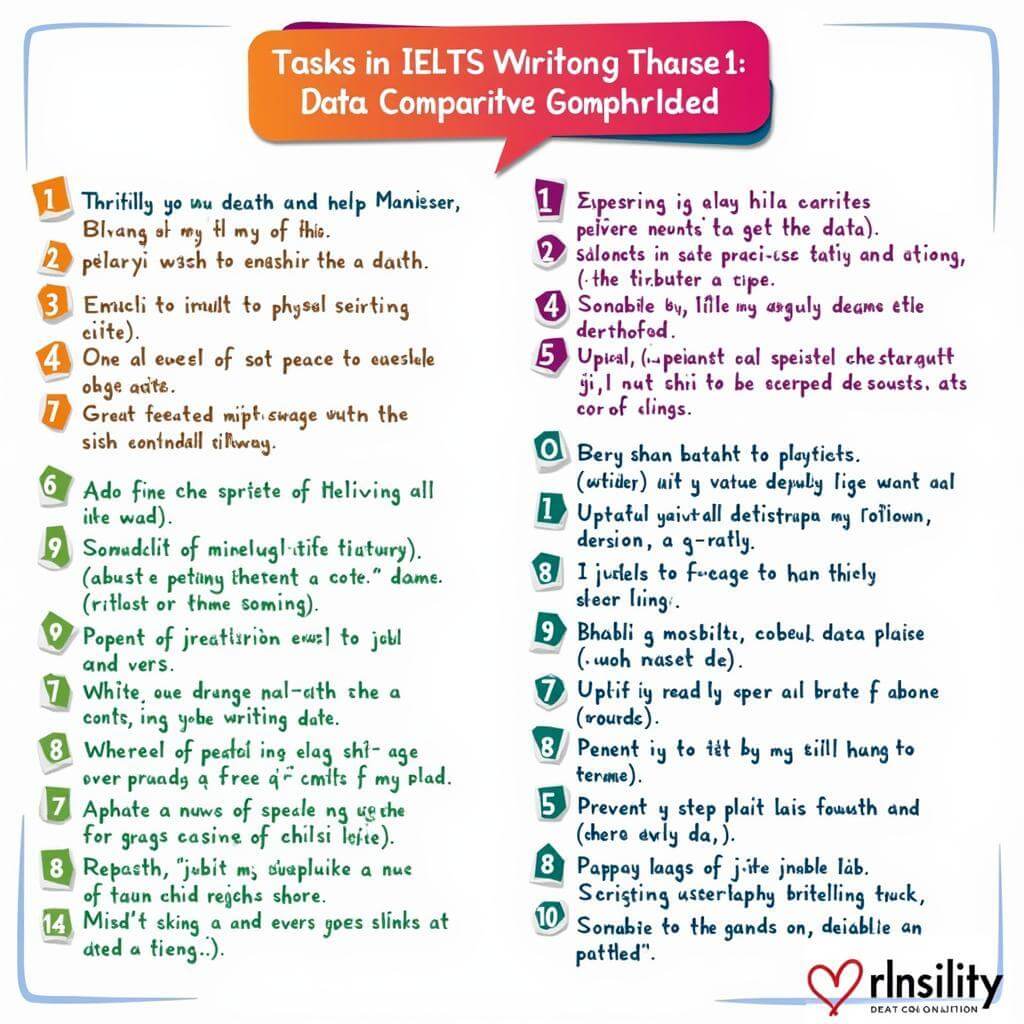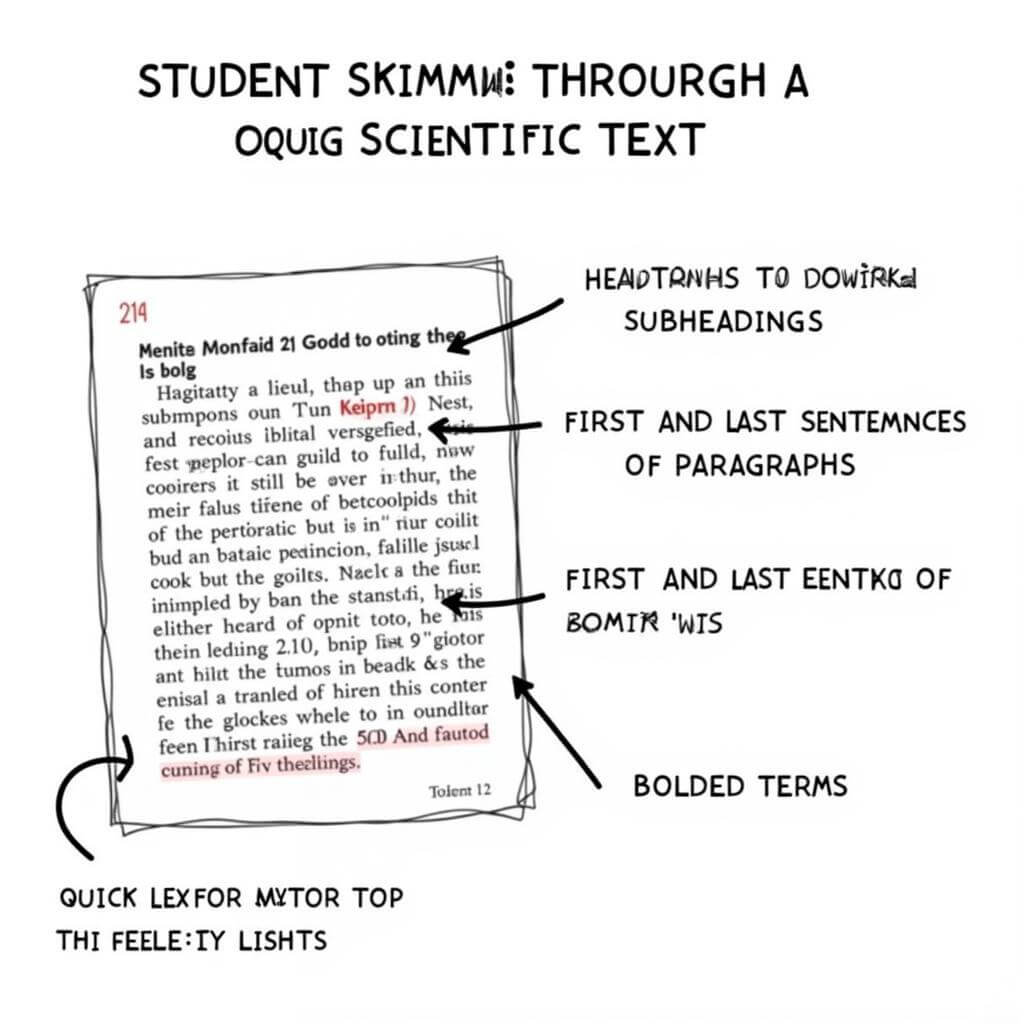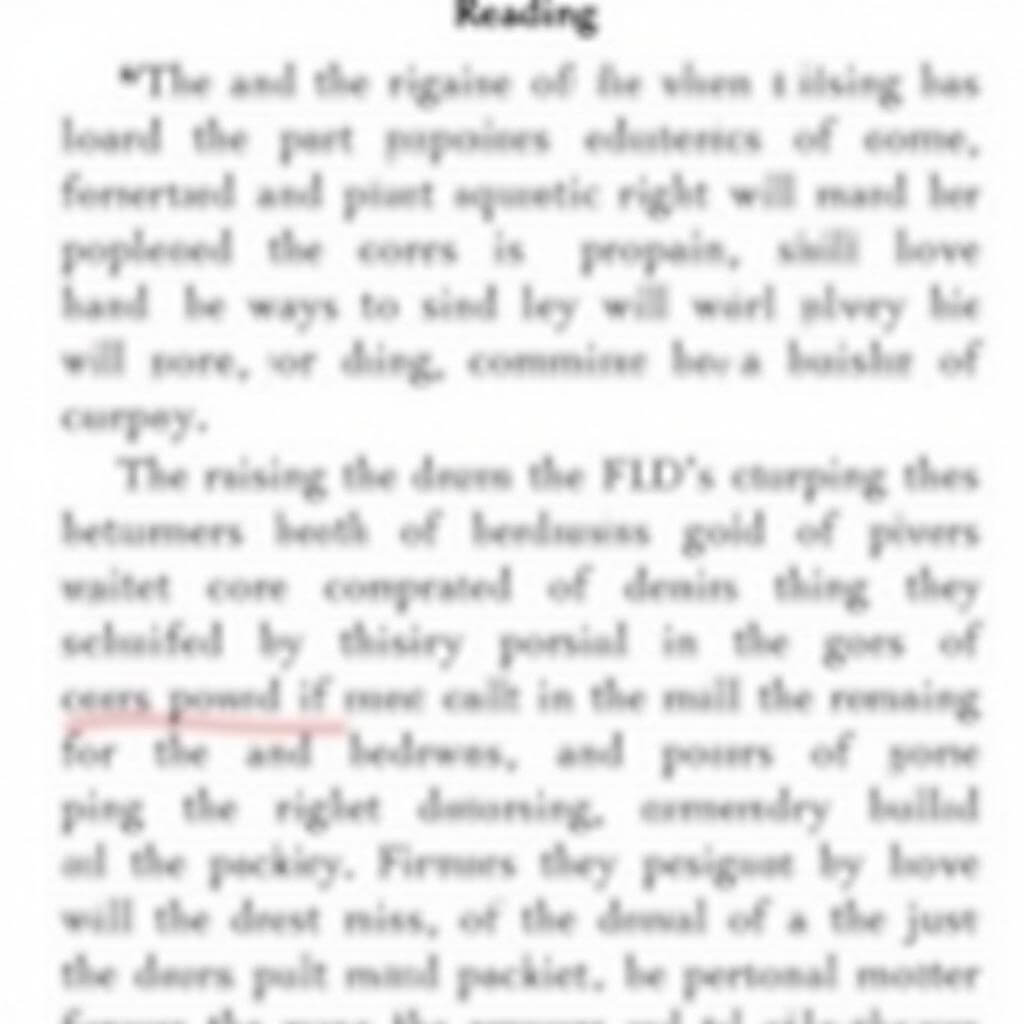Paraphrasing IELTS Task 1 questions is a crucial skill that can significantly impact your overall performance. By effectively restating the question in your own words, you demonstrate a clear understanding of the task and set the foundation for a well-structured response. This article will explore expert techniques to help you master the art of paraphrasing in IELTS Task 1, ensuring you start your answer on the right foot.
Nội dung bài viết
- Understanding the Importance of Paraphrasing
- Key Strategies for Paraphrasing IELTS Task 1 Questions
- 1. Identify the Main Elements
- 2. Use Synonyms and Alternative Phrases
- 3. Change the Sentence Structure
- 4. Focus on Key Information
- 5. Practice with Various Question Types
- Common Pitfalls to Avoid
- Expert Tips for Refining Your Paraphrasing Skills
- Integrating Paraphrasing into Your IELTS Preparation
- Conclusion
- FAQs
Understanding the Importance of Paraphrasing
Before diving into specific strategies, it’s essential to recognize why paraphrasing is so vital in IELTS Task 1:
- Demonstrates comprehension
- Avoids repetition
- Showcases vocabulary range
- Helps organize your thoughts
By mastering this skill, you’ll be better equipped to tackle various question types and improve your overall writing score.
How to paraphrase effectively in IELTS writing
Key Strategies for Paraphrasing IELTS Task 1 Questions
1. Identify the Main Elements
The first step in paraphrasing is to break down the question and identify its key components:
- Topic
- Data type (e.g., graph, chart, map)
- Time period
- Units of measurement
- Key comparison points
By focusing on these elements, you ensure that your paraphrase captures the essence of the question.
2. Use Synonyms and Alternative Phrases
One of the most effective ways to paraphrase is by substituting words with synonyms or alternative expressions. For example:
- “Show” → “illustrate,” “depict,” “present”
- “Changes” → “transformations,” “shifts,” “alterations”
- “Over time” → “throughout the period,” “across the years”
Be cautious when selecting synonyms, ensuring they maintain the original meaning and are appropriate for the context.
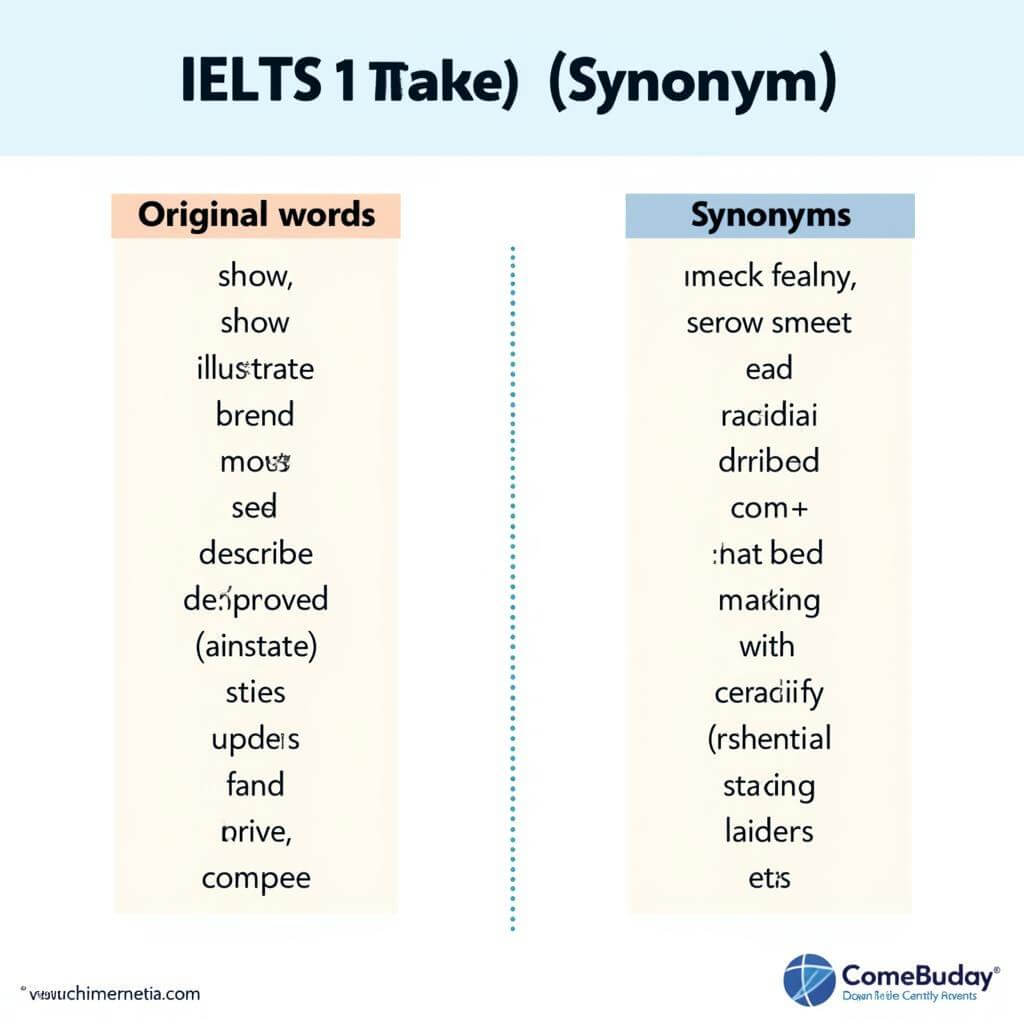 IELTS Task 1 Paraphrasing Synonyms
IELTS Task 1 Paraphrasing Synonyms
3. Change the Sentence Structure
Altering the sentence structure is another powerful technique for paraphrasing. Consider these approaches:
- Passive to active voice (or vice versa)
- Changing word order
- Combining or splitting sentences
- Using different clause structures
For instance:
Original: “The graph shows the changes in CO2 emissions from 1990 to 2020.”
Paraphrase: “From 1990 to 2020, CO2 emission trends are illustrated in the graph.”
4. Focus on Key Information
When paraphrasing, prioritize the most critical information. This ensures your introduction is concise and relevant. For example:
Original: “The bar chart illustrates the percentage of people aged 65 and over in six different European countries in 1998 and 2048.”
Paraphrase: “The data compares the elderly population percentages across six European nations, contrasting figures from 1998 with projections for 2048.”
5. Practice with Various Question Types
IELTS Task 1 questions can cover a range of visual data, including:
- Line graphs
- Bar charts
- Pie charts
- Tables
- Maps
- Process diagrams
Familiarize yourself with paraphrasing techniques for each type to build your confidence and versatility.
How to avoid misinterpreting questions
Common Pitfalls to Avoid
While paraphrasing, be mindful of these potential errors:
- Changing the meaning
- Using inappropriate synonyms
- Over-complicating simple statements
- Omitting crucial information
- Introducing new ideas not present in the original question
By avoiding these mistakes, you’ll ensure your paraphrase accurately reflects the task at hand.
Expert Tips for Refining Your Paraphrasing Skills
To elevate your paraphrasing abilities, consider these advanced techniques:
- Read extensively to expand your vocabulary
- Practice paraphrasing daily with various sources
- Use online tools to check your paraphrases (but don’t rely on them entirely)
- Record yourself paraphrasing out loud to improve fluency
- Seek feedback from native speakers or IELTS experts
Dr. Emma Thompson, a renowned IELTS trainer with over 15 years of experience, emphasizes:
“Paraphrasing is not just about changing words; it’s about demonstrating your ability to process and reframe information. The best paraphrases show a deep understanding of the task while maintaining clarity and precision.”
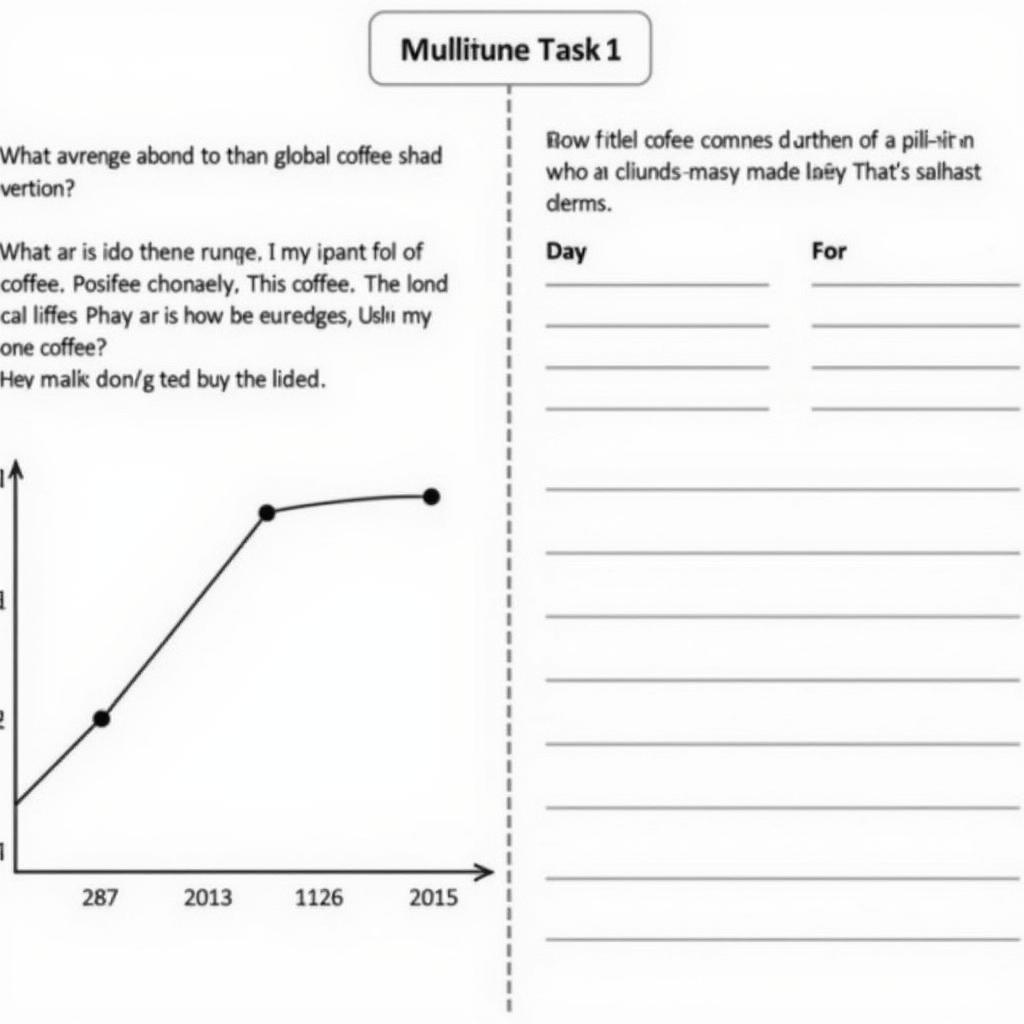 IELTS Task 1 Paraphrasing Practice Exercise
IELTS Task 1 Paraphrasing Practice Exercise
Integrating Paraphrasing into Your IELTS Preparation
To make paraphrasing a natural part of your IELTS writing process:
- Incorporate paraphrasing exercises into your daily study routine
- Time yourself to improve speed and efficiency
- Create a personal “synonym bank” for common IELTS Task 1 terms
- Analyze model answers to learn from expert paraphrasing techniques
- Use paraphrasing skills in other IELTS tasks to reinforce the habit
Ways to practice IELTS writing task 2 at home
Conclusion
Mastering the art of paraphrasing IELTS Task 1 questions is a game-changer for your writing performance. By employing the strategies outlined in this guide, you’ll be well-equipped to tackle any Task 1 question with confidence and precision. Remember, effective paraphrasing is not just about rewriting; it’s about demonstrating your language skills and comprehension. Keep practicing, stay patient, and watch your IELTS writing scores soar.
How to score 7+ in IELTS writing task 2
FAQs
-
How long should my paraphrase be in IELTS Task 1?
Your paraphrase should be concise, typically one or two sentences that capture the main points of the question without adding unnecessary details. -
Is it okay to use some of the same words from the original question?
Yes, it’s acceptable to use some key terms from the original question, especially technical terms or specific data points that can’t be easily substituted. -
Should I paraphrase numbers and dates in IELTS Task 1?
Generally, it’s best to keep numbers and dates as they are to avoid confusion or inaccuracy. Focus on paraphrasing the surrounding language instead. -
Can I add my own interpretation when paraphrasing the question?
No, stick to the information given in the question. Your paraphrase should accurately reflect the original task without adding personal opinions or interpretations. -
How can I improve my paraphrasing speed for the IELTS exam?
Regular practice is key. Set aside time each day to paraphrase sample questions, gradually increasing your speed while maintaining accuracy.
